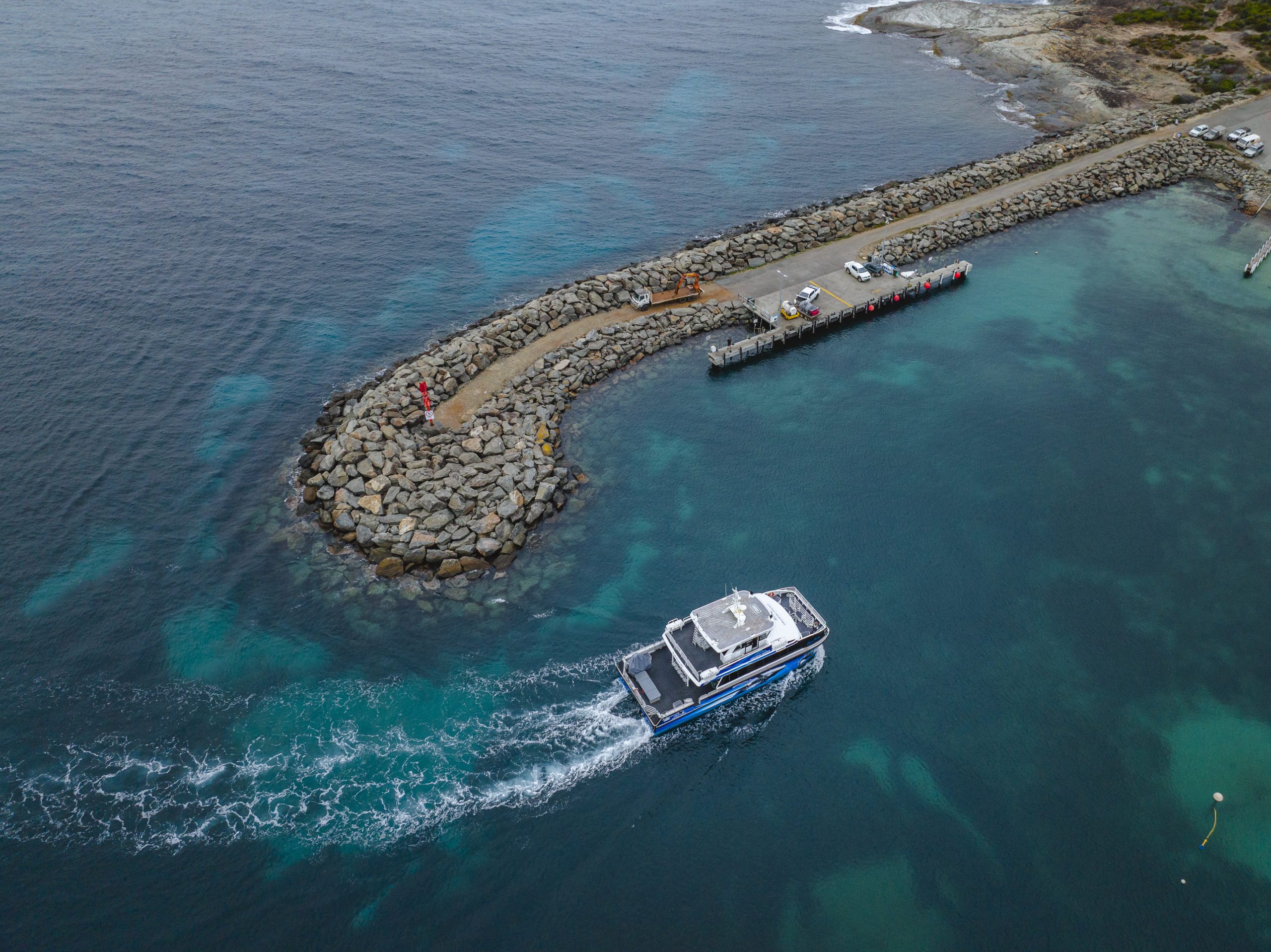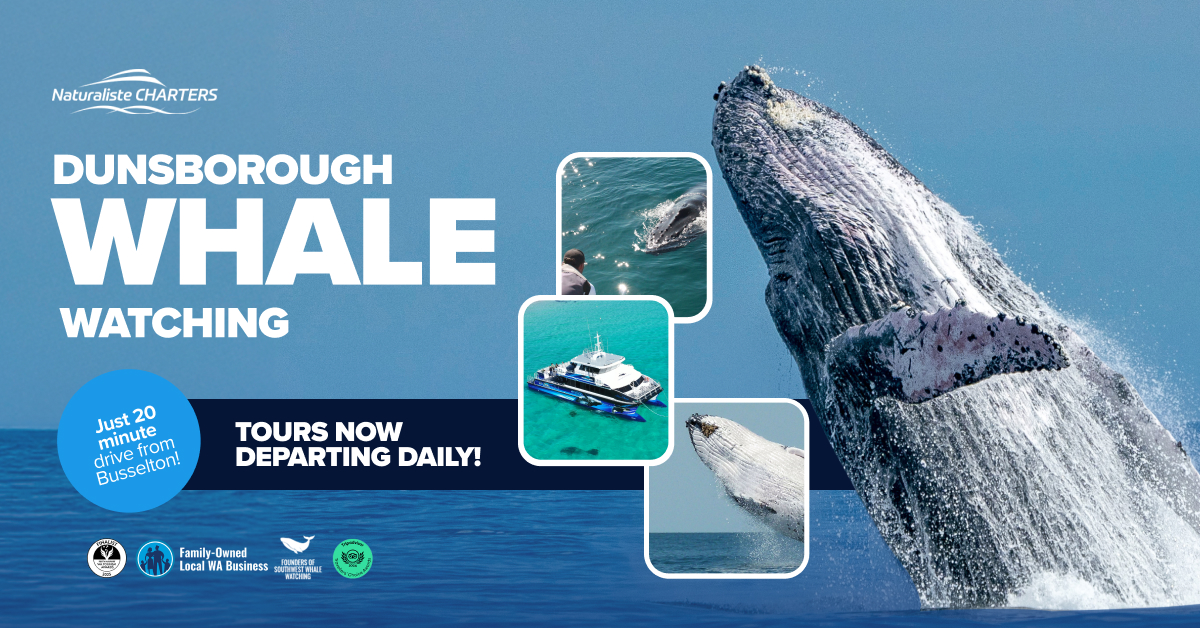From Calf to Pod Matriarch
Each summer, Naturaliste Charters runs professional Bremer Bay orca tours in Western Australia’s Great Southern region. On a Bremer Bay orca tour, you can watch the orca killer whale life cycle unfold — from playful calves to experienced matriarchs leading their pods. These intelligent predators live complex, family-based lives, with each stage revealing remarkable cooperation and care within their communities.
1. Birth and early years
The orca (Orcinus orca) begins life after a 15–17-month gestation. A single calf is born tail-first, already around 2.5 metres long and weighing about 180 kilograms. The mother’s milk is extremely rich in fat, enabling rapid growth of blubber and muscle. Calves nurse for one to two years but may stay close to their mothers for much longer, gaining protection and learning critical survival behaviours. Within weeks, they mimic adult breathing patterns and social calls, gradually becoming integrated into pod activity. (Australian Museum)
2. Growth, pod life and learning
Orcas live in matrilineal pods where leadership passes through the female line. These pods operate as tight-knit families, sometimes spanning multiple generations. Calves are raised not just by their mothers but by other females within the pod, a behaviour known as alloparenting. Through observation and imitation, young orcas learn to use echolocation, coordinate hunts and recognise pod dialects unique to their group. Some ecotypes specialise in fish hunting, while others target seals or squid. This cultural variation demonstrates how knowledge is passed down, making orca pods among the most socially complex groups in the ocean. (Center for Whale Research)
3. Sexual maturity and reproduction
Female orcas reach maturity between six and ten years, while males mature around twelve to sixteen. When conditions are right, females give birth every three to ten years. They maintain strong family bonds even after reproducing, often travelling with adult offspring for life. The slow reproduction rate makes population recovery sensitive to environmental change and prey decline. Females experience menopause at roughly forty years old but continue to lead pods, teaching hunting routes and survival strategies to younger members. (PBS Nature)
4. Lifespan and post-reproductive leadership
Female orcas may live up to 90 years, while males typically live 30–60 years. As matriarchs age, they guide pods to known feeding areas and avoid hazards, drawing on decades of experience. This leadership enhances pod survival, especially during food shortages. Studies show that pods with older females are more successful in raising young, emphasising the crucial role of post-reproductive individuals. (Natural History Museum UK)
Bremer Bay orca tours with Naturaliste Charters
Join a Naturaliste Charters Bremer Canyon Killer Whale Expedition for an unforgettable encounter with Bremer Bay orcas. Watch pods coordinate hunts, calves shadow their mothers and the ocean’s apex predators display raw intelligence and power. Our professional team interprets behaviours and ecology to give a deeper understanding of the orca life cycle and the delicate balance that sustains them in Western Australia’s Great Southern waters.





